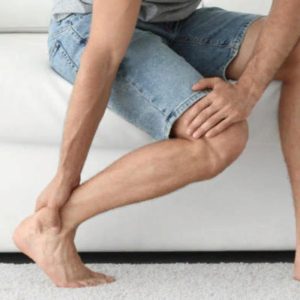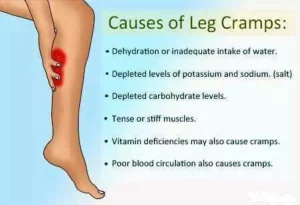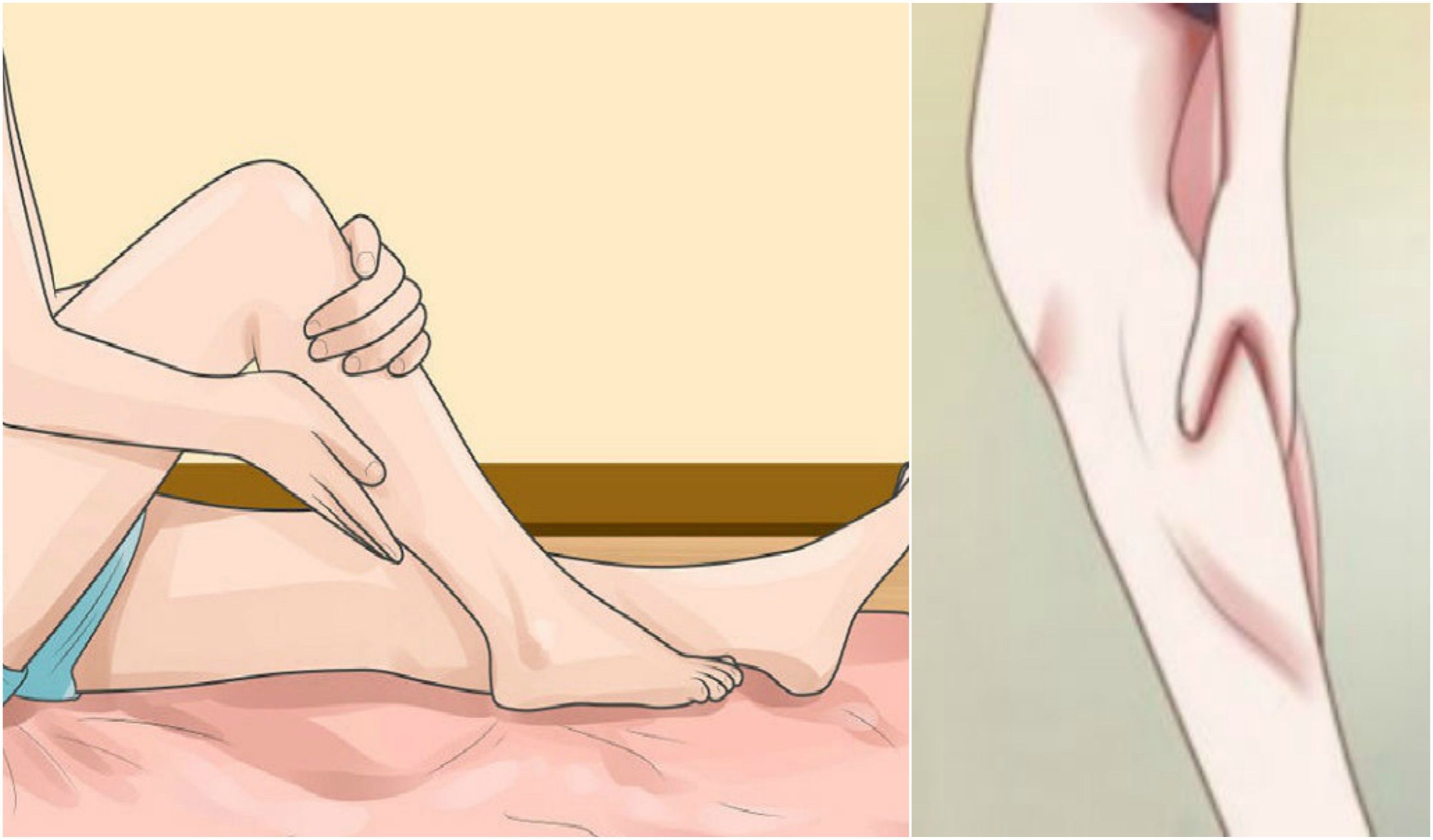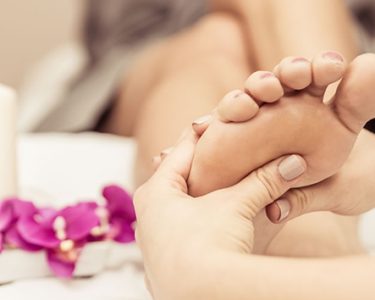Understanding Leg cramp
Managing Leg Cramp, a prevalent and typically benign condition, involve the sudden contraction and subsequent pain in leg muscles. These episodes can affect various regions of the leg, including the calf muscles, feet, and thighs. The duration of these cramps varies, ranging from a few fleeting seconds to up to 10 minutes, with thigh muscle cramps often exhibiting the longest persistence. Following a cramping episode, individuals may experience lingering pain and tenderness in the affected leg for several hours. Notably, leg cramps tend to make their presence known during sleep, leading to discomfort and potential disruptions in the sleep cycle.

Symptoms of Leg Cramps:
- Sudden and Intense Pain: Leg cramps are marked by the abrupt onset of intense pain in the muscles. This pain can be sharp and may vary in intensity.
- Involuntary Muscle Contractions: The defining feature of leg cramps is the involuntary contraction of muscles, most commonly occurring in the calf muscles. This contraction contributes to the tight and painful sensation.
- Affected Areas: While the calf muscles are the primary target, Managing Leg Cramp can extend to other parts of the leg, including the feet and thighs. The affected area may experience heightened discomfort during the cramping episode.
- Stiffness in Feet and Toes: Concurrently with muscle tightness, individuals may experience stiffness in the feet and toes. This adds to the overall discomfort during a leg cramping episode.
- Post-Cramping Pain and Tenderness: Following the resolution of the cramp, individuals often report lingering pain and tenderness in the affected leg. This post-cramping discomfort may persist for several hours.
- Nighttime Occurrence: Leg cramps frequently occur during nighttime sleep, leading to disturbances in sleep patterns. The sudden onset of pain can awaken individuals, affecting the overall quality of rest.

Causes of Leg Cramps:
Idiopathic Leg Cramps:
- Unknown causes, potentially linked to abnormal nerve activity during sleep.
- Excessive strain on leg muscles, particularly during exercise.
- Shortening of tendons over time, more common in older individuals.
Secondary Leg Cramps:
- Associated with underlying conditions or identifiable causes.
- Factors include pregnancy, exercise (often post-exercise), neurological conditions, liver disease, bacterial infections, exposure to toxins (lead or mercury), and dehydration.

Treatment Options:
- Medication: Considered in persistent cases unresponsive to exercise.
- Underlying Cause Addressing: Crucial for secondary leg cramps.
- Pregnancy-related Cramps: Typically resolve after childbirth.
- Liver Disease: Comprehensive treatment plan may involve muscle relaxants.
- Medication-induced Cramps: Consult with a pharmacist; never discontinue prescribed medication without professional advice.
Conclusion
In conclusion, leg cramps, while common and usually harmless, can be a source of discomfort and disruption in daily life. Understanding the symptoms, causes, and treatment options is pivotal for effective management and enhanced well-being.
Symptoms of leg cramps, characterized by sudden pain and muscle tightness, often manifest during sleep, leading to post-cramping tenderness. The causes vary, with idiopathic leg cramps linked to factors like abnormal nerve activity, muscle strain, and aging, while secondary leg cramps may be associated with pregnancy, exercise, neurological conditions, or liver disease, among others.
Treatment approaches range from exercise and stretching for idiopathic cases to addressing the underlying cause in secondary leg cramps. Medication may be considered in persistent cases, but caution is necessary, especially when medications might be contributing to the cramps.
This comprehensive guide serves as a valuable resource for individuals experiencing leg cramps, offering insights into symptom recognition, potential causes, and diverse treatment options. By incorporating preventive measures such as regular stretching and maintaining proper sleep positions, individuals can take proactive steps to reduce the frequency of leg cramps and enhance their overall quality of life. Always consult with healthcare professionals for personalized advice and guidance tailored to individual circumstances.




